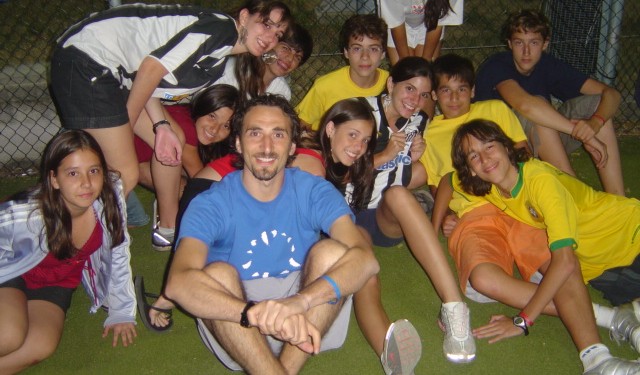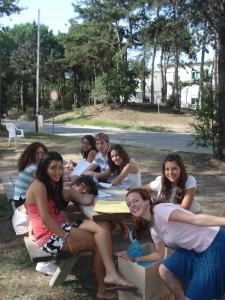In the UK, where government plans to reduce student visas by 250,000 by 2015 have affected non-visa nationals, junior programmes remain for the most part unaffected, given the high proportion of EU business. And in the USA, junior provider PLUS says its cohort grew from a couple of hundred students to approximately 9,000 between 2003 and 2011, with only one visa rejection in that time. “It is because all our students come in on student visitor visas,” says operations director, Lisa Fitzgerald.
News and business analysis for Professionals in International Education
Have some pie!
Is the junior language market seeing a boom?

Many providers say that new markets are also boosting uptake, particularly those in the developing world. US provider Langauge Academy Florida, which sees about 20% growth annually in its Fort Lauderdale programme, receives most of its students from Europe – chiefly Italy, Spain and France. However, Brian Mauk, junior program director, says countries such as Kazakhstan, Turkey, Russia, Sweden and Brazil are sending an increasing number and have become targets for the company’s marketing efforts.
Countries such as Kazakhstan, Turkey, Russia, Sweden and Brazil have become targets
Increased awareness of junior products is also helping providers. For Mauk, the relationships the company has built with agents around the world over more than a decade have helped drive “word of mouth” marketing. Hird of ISIS says consumers have also changed their attitudes. “Teachers and students are more knowledgeable about the courses available and parents are more trusting and willing to allow their children to travel.”
Sector challenges
But despite the sector’s good health, operators say the market still poses challenges and entry is not for the faint hearted. One hurdle is that junior programmes are restricted to doing most of their business during school holidays. “We have people in April, July–August, but on the adult programme we have a lot more people throughout the year,” says Libreti.
“It’s hard work to prepare a summer school logistically”
“It’s hard work to prepare a summer school logistically,” adds Fitzgerald. This due in large part to the stringent standards required of schools caring for minors ‘in loco parentis’. In some countries language schools need separate accreditation for minors, while maintaining high standards is not cheap.
“The most important thing is security and a good reputation, and this costs a certain amount,” says Libreti, who employs 40 teachers and 50-60 activity leaders for his programmes.

That said, some schools say off-season recruitment is increasing, such as PLUS, which welcomed around 2,000 students in the traditionally quiet period of February-March this year.
The market is undoubtedly becoming more competitive, and there are no short cuts to earning a good reputation with parents and agents. But it seems that the junior sector can be a lucrative market sector. This should encourage new and existing operators committed to providing a quality product. As Fitzgerald surmises, “The junior market is not an easy revenue stream… But if you do it right, it pays off.”
Still looking? Find by category:



Pingback: Young Learners Language Education Tops Family Budget Priorities, Shows the Verbalisti Survey in Serbia, Montenegro, Croatia and Bosnia | PRODIREKT